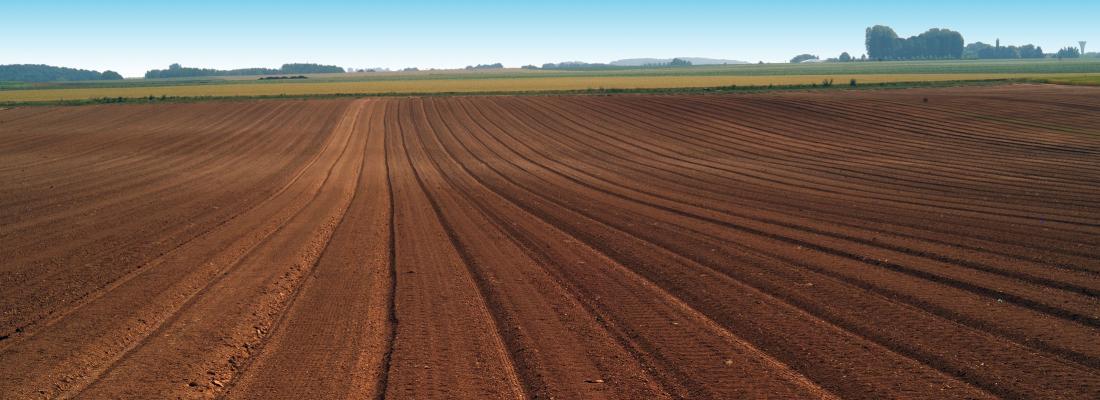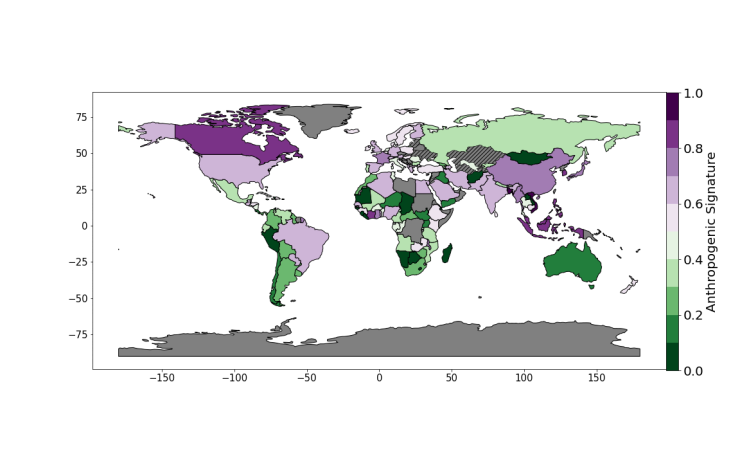Agroecology Reading time 3 min
Around 50% of soil-available phosphorus comes from mineral fertilisers in agricultural systems worldwide
Published on 06 January 2023

Phosphorus occurs naturally in soils, but its levels and relative availability vary by global region and soil type. Since the 1950s, the use of mineral phosphorus fertilisers has boosted soil-available phosphorus and, thus, agricultural yields. However, these fertilisers are created via the mining and chemical processing of rock phosphate, a non-renewable natural resource that is unevenly distributed across the globe. For example, 70% of rock phosphate is in Morocco, while there is almost none to be found in Europe. Furthermore, the transformation of rock phosphate releases large amounts of pollution. Researchers agree that, at current rates of extraction, we will likely reach peak phosphorus (the point of maximum resource production) by 2050. Such will probably lead to an increase in fertiliser prices and greater geopolitical tensions. Against this backdrop, it is essential to clarify how past and present patterns of mineral phosphorus fertiliser usage have affected the dependence of current agricultural systems on this finite resource.
Scientists from INRAE and Bordeaux Sciences Agro therefore decided to quantify the percentage of soil-available phosphorus that originates from mineral fertilisers, defined as the soil’s anthropogenic signature of phosphorus. They developed a model to simulate country-specific patterns of soil-available phosphorus in agricultural systems worldwide for the period from 1950 to 2017. This approach utilised data on stocks of soil-available phosphorus, crop yields, mineral fertiliser use, livestock numbers, and international trade. The calculations were based on a country’s average agricultural soil, which was defined by each country’s use of grasslands and crops within agricultural systems with varying levels of intensification.
Soil fertility is highly dependent on synthetic mineral fertilisers
Globally, the anthropogenic signature of phosphorus is around 47% (±8%), which suggests that, at present, approximately half of soil phosphorus fertility is attributable to the use of mineral fertilisers. This result reflects the intensification of agricultural systems that has taken place worldwide. Indeed, many countries have relied heavily on synthetic fertilisers since the 1950s.
This work highlights the strong spatial and temporal disparities in how dependent different countries are on mineral phosphorus fertilisers. Anthropogenic signatures of phosphorus have risen sharply in Western Europe and North America since the 1950s, and they exceeded 60% in 2017. Since the 1970s, signatures in Western European countries have plateaued, thanks to the decreased use of mineral fertilisers. Livestock manure has helped partially meet phosphorus needs. In Asia, signatures began increasing in the 1970s, which is when countries in that region experienced the Green Revolution, fuelled by massive quantities of mineral fertilisers. The signatures of Asian countries have now caught up and surpassed those of Western European countries. This growth continues, driven by a weighty perpetual reliance on mineral phosphorus fertilisers. In 2017, signatures in South America and Eastern Europe were lower, around 40%. Finally, countries in Africa and Oceania had signatures below 30%, reflecting their more limited use of mineral fertilisers historically.

Towards a more equitable and sustainable management of global rock phosphate resources
This work highlights that many countries in the world are extremely reliant on mineral phosphorus fertilisers to ensure levels of agricultural productivity. The results raise concerns that agricultural systems may struggle to end their dependence on this non-renewable resource. They also underscore deep inequities in the current distribution of rock phosphate. Countries that adopted intensive agricultural systems very early on, such as those in Western Europe and North America, greatly increased their levels of soil-available phosphorus via the wholesale use of mineral phosphorus fertilisers. These countries must now maintain and enhance this acquired fertility using various strategies, including improved resource recycling. They must also speed up their agroecological transition by implementing a range of mixed crop-livestock farming systems, reducing soil erosion, and utilising urban effluent. In contrast, African countries have historically had little access to mineral phosphorus fertilisers even though their soils are often highly deficient in phosphorus, which limits food and agricultural production. Remaining rock phosphate resources must be fairly distributed, prioritising countries with the greatest need so as to promote global food security.
Alternatives to mineral phosphorus fertilisers
Mineral phosphorus fertilisers have boosted agricultural yields and promoted food security in numerous countries. Unfortunately, they are derived from non-renewable supplies of rock phosphate. In addition, rock phosphate mining and processing causes environmental harm. Certain countries, such as France, have accumulated large quantities of soil-available phosphorus. They must now strive to greatly temper their use of mineral phosphorus fertilisers. The reality is that yields will not necessarily suffer from the absence of fertilisers because crops can draw upon stocks of soil-available phosphorus, depending on soil type. Notably, within crop rotations, species such as white lupin or buckwheat can release phosphorus that is chemically bound to the soil, increasing its availability for other crops. Furthermore, these countries must urgently work to preserve the soil phosphorus fertility they have acquired. Notably, they can limit soil erosion, by using cover crops or reincorporating hedgerows into agricultural landscapes, and improve the recycling of organic matter, including livestock effluent and sludge from sewage treatment plants.
Reference
Joséphine Demay, Bruno Ringeval, Sylvain Pellerin, Thomas Nesme. Half of global agricultural soil phosphorus fertility derived from anthropogenic sources. Nature Geoscience. 5 January 2023 DOI: 10.1038/s41561-022-01092-0
